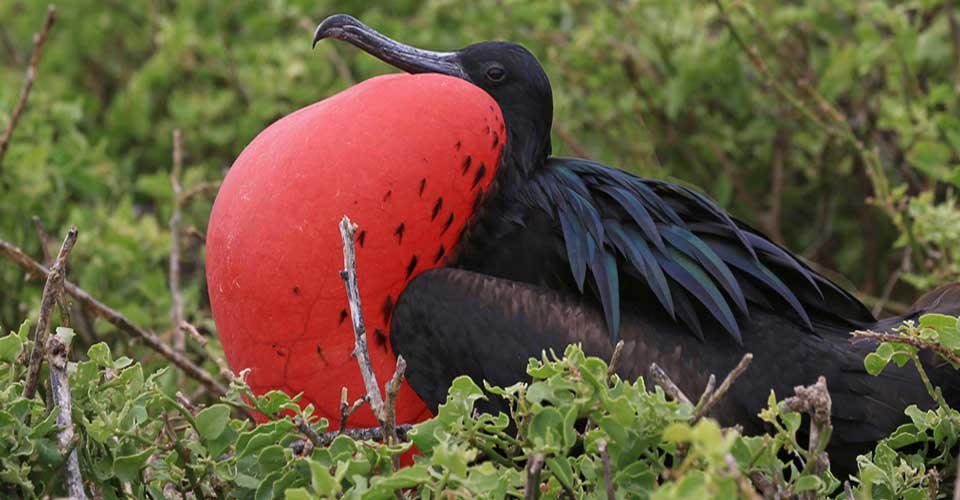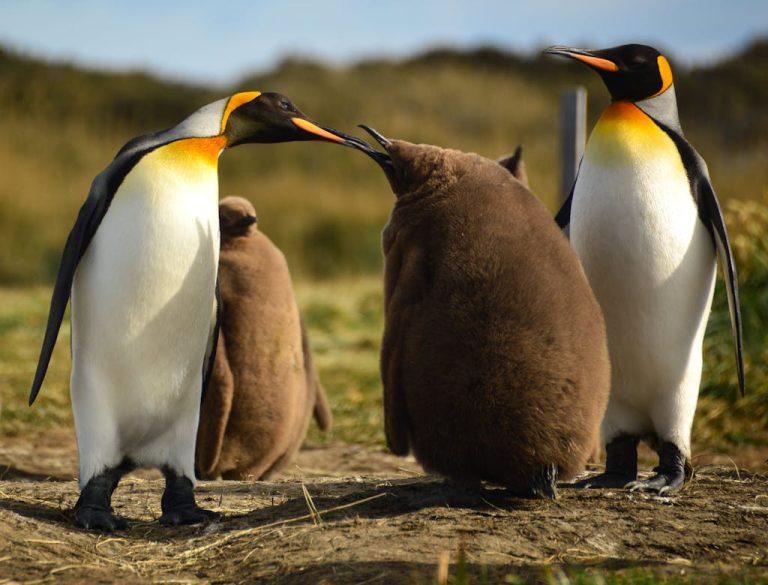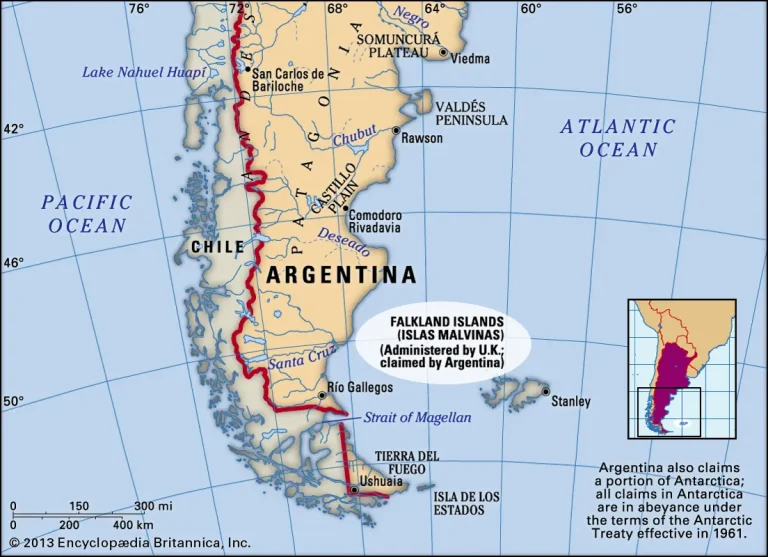The Galapagos Islands are a birdwatcher’s paradise, home to an array of unique and captivating avian species. Known for their fearless demeanor and remarkable adaptations, Galapagos birds offer an extraordinary experience for nature enthusiasts. In this guide, we explore 10 amazing species you must see when visiting these enchanted islands, highlighting the biodiversity that makes the Galapagos a must-visit destination.
Galapagos Birds: Blue-footed Booby
The Blue-footed Booby is one of the most iconic Galapagos birds, famous for its vibrant blue feet and comical mating dance. These seabirds are known to nest on the islands’ rocky shores and are a delight to observe, especially during the breeding season when their courtship rituals are in full swing.
Galapagos Penguin
The Galapagos Penguin is the only penguin species found north of the equator, making it a unique member of the Galapagos birds family. These small, endearing penguins are adapted to the islands’ warm climate and can often be seen darting through the water or resting on rocky outcrops.
Flightless Cormorant
Another remarkable species among Galapagos birds is the Flightless Cormorant. These birds have evolved to lose their ability to fly, adapting instead to life in the water. Their powerful legs and webbed feet make them exceptional swimmers, allowing them to dive deep in search of fish.
Waved Albatross
The Waved Albatross is the largest bird in the Galapagos, with a wingspan of up to 2.5 meters. These majestic creatures are known for their long-distance flights and intricate mating dances. They are primarily found on Española Island, where they nest and rear their young.
Magnificent Frigatebird
The Magnificent Frigatebird, with its distinctive red throat pouch, is a sight to behold among Galapagos birds. Males inflate their pouches to attract females during mating season, creating a striking visual display. These birds are excellent aerialists, often seen soaring high above the islands.
Galapagos Mockingbird
The Galapagos Mockingbird is a curious and intelligent species, often approaching visitors without fear. Known for their diverse songs and vocalizations, these birds play an essential role in the ecosystem by helping to spread seeds and control insect populations.
Darwin’s Finches
Darwin’s Finches are perhaps the most famous group of Galapagos birds, integral to Charles Darwin’s theory of evolution. These finches have evolved different beak shapes and sizes to adapt to various food sources, showcasing natural selection in action.
Red-footed Booby
Similar to their blue-footed relatives, Red-footed Boobies are notable Galapagos birds with bright red feet. They are the smallest of the booby species found in the Galapagos and prefer nesting in trees, unlike the other boobies that nest on the ground.
Galapagos Hawk
The Galapagos Hawk is the apex predator among Galapagos birds, preying on small animals and carrion. These formidable birds of prey are highly territorial and can often be seen perched atop trees or soaring above the islands, scanning for their next meal.
Lava Heron
The Lava Heron, also known as the Galapagos Heron, is a stealthy hunter that blends perfectly with the volcanic rocks of the islands. These small, dark-colored herons are experts at catching fish and crabs in the shallow waters along the shoreline.
Conclusion
The Galapagos Islands are a haven for birdwatchers, offering the chance to see some of the world’s most fascinating and unique bird species. From the charismatic Blue-footed Booby to the elusive Lava Heron, the variety of Galapagos birds is truly astounding. Each species plays a crucial role in the delicate ecosystem of the islands, making the Galapagos a remarkable destination for anyone interested in wildlife and natural history.
FAQs
Q1. What makes Galapagos birds unique?
These birds are unique due to their fearless nature, diverse adaptations, and the islands’ isolation, which has led to the evolution of distinct species not found anywhere else.
Q2. When is the best time to see Galapagos birds?
The best time to visit for birdwatching is during the breeding seasons, which vary by species. Generally, the period from December to May offers excellent opportunities to observe mating rituals and nesting behaviors.
Q3. Are the Galapagos birds endangered?
Some species of the birds, such as the Galapagos Penguin and the Flightless Cormorant, are considered vulnerable or endangered due to their limited range and threats from environmental changes and human activities.
Q4. Can I see Galapagos birds up close?
Yes, many of these birds are unafraid of humans, allowing visitors to observe them up close. However, it is essential to maintain a respectful distance and follow guidelines to avoid disturbing the wildlife.
Q5. What should I bring for birdwatching in the Galapagos?
Binoculars, a field guide, a camera, and comfortable clothing are essential for birdwatching in the Galapagos. Additionally, wearing sunscreen and a hat is recommended to protect against the equatorial sun.
Also read: Cape Horn on Map: 10 Stunning Locations You Must Explore




Leave a Comment